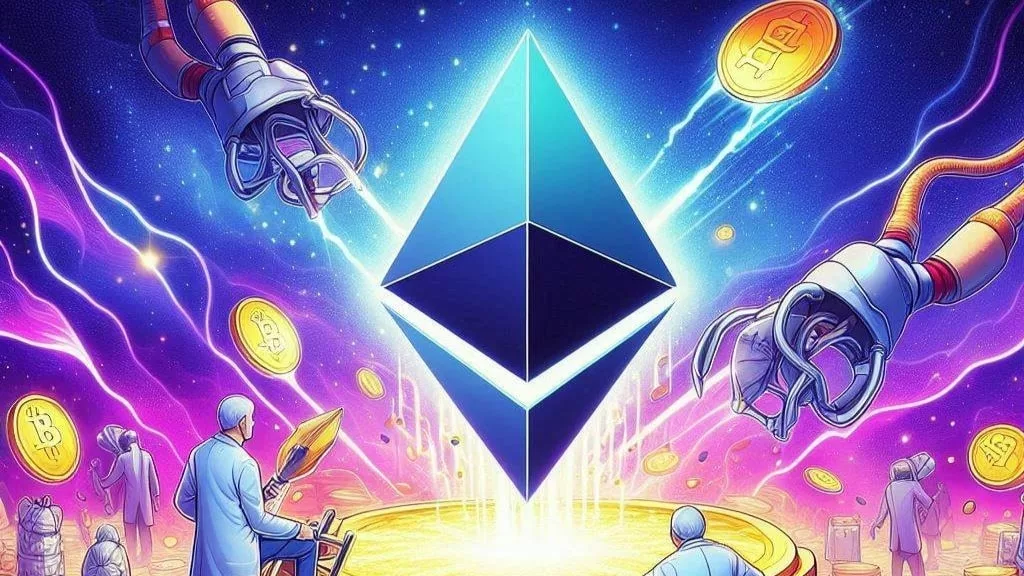
Ethereum’s gas fees have hit a historic low, falling to 0.82 Gwei. This dramatic drop highlights a significant reduction in network activity and raises questions about the broader implications for Ethereum. Here’s a closer look at why these plummeting fees might be a cause for concern and what it means for the cryptocurrency’s future.
Ethereum Gas Fees Hit Record Low
Data from Ultra Sound Money shows that Ethereum’s base gas fee has decreased substantially over the past week, reaching a multi-year low of 0.82 Gwei on August 11. This decrease marks a sharp contrast to the higher gas fees experienced during periods of increased network congestion. The primary driver behind this decline is a notable drop in large transactions on the Ethereum network.
According to Into The Block, the number of transactions exceeding $100,000 has decreased significantly. On August 5, there were 16,990 such transactions. By August 11, this number had plummeted to just 2,620. This reduction in high-value transactions has contributed to the lower gas fees, reflecting diminished activity on the network.
Impact on Ethereum’s Supply and Deflationary Pressure
One of the critical aspects of Ethereum’s fee structure is the burning mechanism, which is intended to reduce the overall supply of ETH and create a deflationary effect. Gas fees paid by users are burned, removing ETH from circulation. However, the recent data reveals an imbalance in this process.
Over the past week, only 3,698 ETH tokens were burned, while 18,065 new ETH tokens were issued. This imbalance has led to a net increase in the circulating supply of Ethereum, contradicting the expected deflationary outcome. As a result, the decrease in gas fees has also led to fewer ETH being removed from circulation, raising concerns about potential inflationary pressures.
Why Gas Fees Matter
Gas fees are a crucial indicator of network activity on Ethereum. They are directly tied to the demand for transaction processing. When network activity is high, users face increased gas fees as they compete to have their transactions prioritized by validators. This congestion often correlates with bullish market conditions, where high demand drives up prices and transaction costs.
Historically, periods of elevated gas fees have reflected strong interest and activity on the Ethereum network. For instance, in May 2022, users paid an average daily gas price of $196.638. This spike in fees was indicative of a bustling network and, often, a bullish market trend.
Conversely, low gas fees typically signal reduced network activity. While lower fees can benefit users by reducing transaction costs, they also reflect a period of sluggishness in the network. The current low fees suggest a slowdown in activity, which might be symptomatic of broader market conditions.
Current Market Conditions
At the time of writing, Ethereum’s price stands at $2,585, having decreased by 3.58% over the past 24 hours. The drop in gas fees and the recent decline in ETH’s price indicate a period of reduced interest and activity in the network. This combination of factors could be a concern for those monitoring Ethereum’s performance and future prospects.
Conclusion
The significant drop in Ethereum’s gas fees to record lows underscores a period of decreased network activity and raises concerns about the cryptocurrency’s deflationary mechanisms. While lower fees may provide short-term benefits for users, they also highlight potential issues with network congestion and supply dynamics.
As Ethereum navigates these challenges, it will be essential to monitor both transaction activity and market conditions to assess the cryptocurrency’s future trajectory. The balance between network demand, gas fees, and the overall supply of ETH will play a crucial role in shaping Ethereum’s path forward.


Get the latest Crypto & Blockchain News in your inbox.